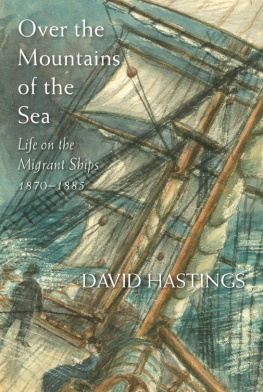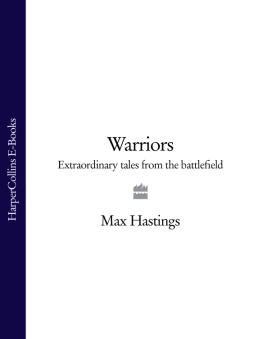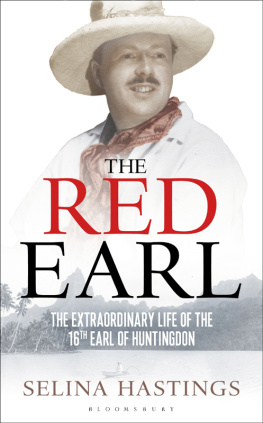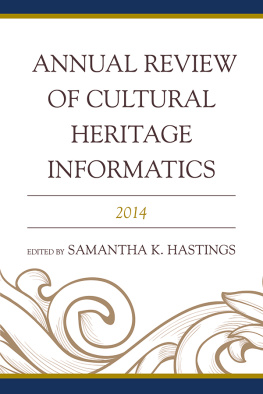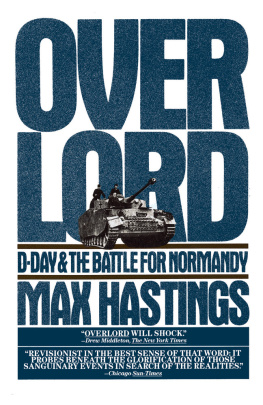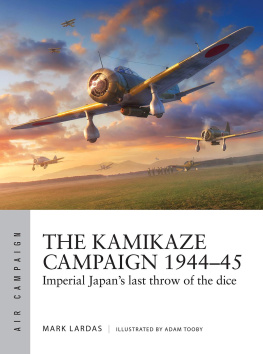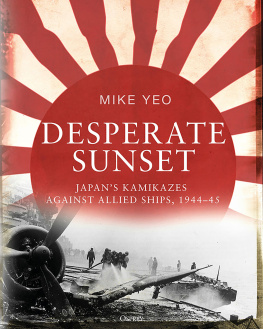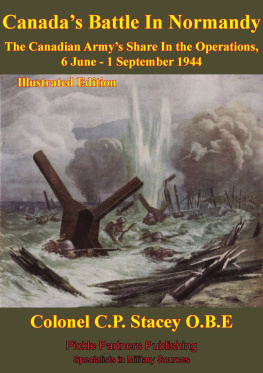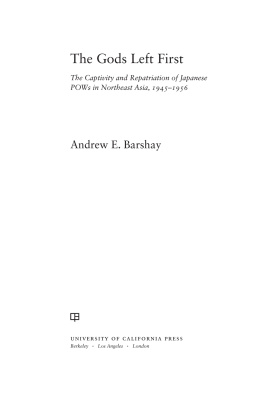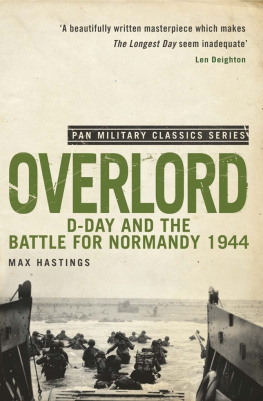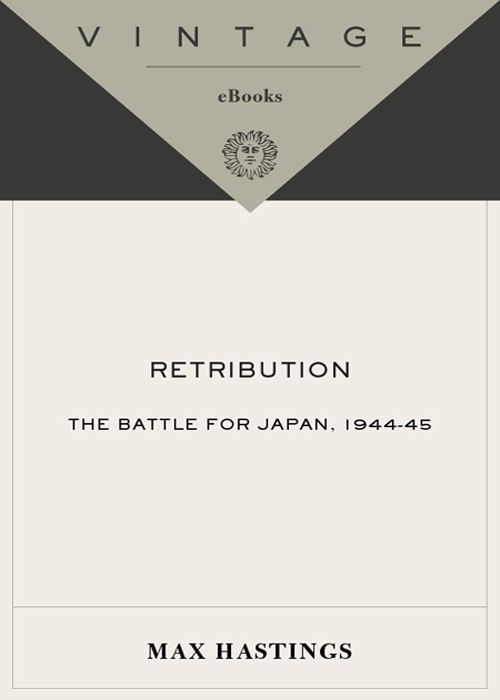
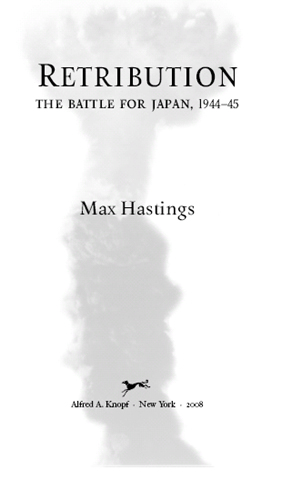
CONTENTS
In memory of my son
CHARLES HASTINGS
19732000
War is human, it is as something that is lived like a love or a hatredIt might better be described as a pathological condition because it admits of accidents which not even a skilled physician could have foreseen.
Marcel Proust
Oh, surely theyll stop now. Theyll be horrified at what theyve done!, he thought, aimlessly following on behind crowds of stretchers moving away from the battlefield.
Tolstoys Pierre Bezukhov at Borodino, 1812
In 1944, there seemed absolutely no reason to suppose that the war might end in 1945.
Captain Luo Dingwen, Chinese Nationalist Army
ILLUSTRATIONS
INSERT ONE
( U.S. National Archives/CORBIS)
(U.S. National Archives/CORBIS)
(Imperial War Museum, London: IND 4550)
(Imperial War Museum, London: SE 3189)
(Imperial War Museum, London: SE 4100)
(Imperial War Museum, London: SE 3310)
( Hulton-Deutsch Collection/CORBIS; Associated Press/PA Photos)
( AFP/Getty Images)
( Hulton-Deutsch Collection/CORBIS)
( Bettman/CORBIS)
(Naval Historical Foundation, Washington)
( U.S. National Archives/CORBIS)
(Naval Historical Foundation, Washington)
(Naval Historical Foundation, Washington)
( U.S. National Archives/CORBIS)
(Naval Historical Foundation, Washington)
(Courtesy of Donald M. Goldstein, University of Pittsburgh)
(Naval Historical Foundation, Washington)
( U.S. National Archives/CORBIS)
( Bettman/CORBIS)
(Naval Historical Foundation, Washington)
(Naval Historical Foundation, Washington)
(Naval Historical Foundation, Washington)
( Associated Press/PA Photos)
( Associated Press/PA Photos)
(U.S. National Archives/CORBIS)
(Naval Historical Foundation, Washington)
( U.S. National Archives/CORBIS)
(Courtesy of Philip True)
(Courtesy of Vandamere Press)
( U.S. National Archives/CORBIS)
(Imperial War Museum, London: HU 4569)
(Australian War Memorial: PO3651.009)
INSERT TWO
( Hulton Archive/Getty Images)
( U.S. National Archives/CORBIS)
( Associated Press/PA Photos)
( W. Eugene Smith/Time & Life Pictures/Getty Images)
( Bettmann/CORBIS)
( Bettmann/CORBIS)
( U.S. National Archives/CORBIS)
( Bettmann/CORBIS)
(Australian War Memorial: 109317)
(Imperial War Museum, London: SE 3484)
(Courtesy of Pen & Sword Books Ltd.)
(Courtesy of Brian Aldiss)
( Bettmann/CORBIS)
( CORBIS)
( CORBIS)
( Associated Press/PA Photos)
( Bettmann/CORBIS)
( Kyodo News)
( Kyodo News)
( U.S. National Archives/CORBIS)
( Kyodo News)
( Bettmann/CORBIS)
(Naval Historical Foundation, Washington)
MAPS
INTRODUCTION
Sir Arthur Tedder, Eisenhowers deputy supreme commander in Europe in 194445, suggested that warriors educating themselves for future conflicts should study the early phases of past ones: There are no big battalions or blank cheques then, he wrote ruefully. In the first campaigns, nations which are victims rather than initiators of aggression enjoy scanty choices. They strive for survival with inadequate resources, often unsuitable commanders, all the handicaps of fighting on an enemys terms. Later, if they are granted time fully to mobilise, they may achieve the luxury of options, of might equal or superior to that of the enemy, of the certainty of final victory tempered only by debate about how to secure this most swiftly and cheaply. Tedder and his Allied comrades experienced all these sensations.
For students of history, however, the manner in which the Second World War ended is even more fascinating than that in which it began. Giants of their respective nations, or rather mortal men cast into giants roles, resolved the greatest issues of the twentieth century on battlefields in three dimensions, and in the war rooms of their capitals. Some of the most populous societies on earth teemed in flux. Technology displayed a terrifying maturity. Churchill entitled the closing volume of his war memoirs Triumph and Tragedy. For millions, 194445 brought liberation, the banishment of privation, fear and oppression; but air attack during those years killed larger numbers of people than in the rest of the conflict put together. Posterity knows that the war ended in August 1945. However, it would have provided scant comfort to the men who risked their lives in the Pacific island battles, as well as in the other bloody campaigns of that spring and summer, to be assured that the tumult would soon be stilled. Soldiers may accept a need to be the first to die in a war, but there is often an unseemly scramble to avoid becoming the last.
I have written Retribution as a counterpart to my earlier book Armageddon, which describes the 194445 struggle for Germany. It is hard to exaggerate the differences between the endgames of the Asian and European wars. In the west, American strategy was dominated by a determination to confront the German army in Europe at the first possible momentwhich proved much later than the U.S. joint chiefs of staff desired. It was taken for granted that Allied armies must defeat the main forces of the enemy. Uncertainty focused upon how this should be achieved, and where Soviet and Anglo-American armies might meet. The possibility of offering terms to the Nazis was never entertained.
In the Far East, by contrast, there was much less appetite for a ground showdown. Some in the Allied camp argued that the commitment to impose unconditional surrender upon the Japanese should be moderated, if this would avert the necessity for a bloodbath in the home islands. Only in the Philippines and Burma did U.S. and British ground forces encounter, and finally destroy, major Japanese armiesthough none was as large as the enemy host deployed in China. The U.S. Navy and Army Air Forces (USAAF) sought to demonstrate that blockade and bombardment could render unnecessary a bloody land campaign in the Japanese home islands. Their hopes were fulfilled in the most momentous and terrible fashion.
The phrase heavy casualties recurs in studies of the eastern conflict. It is often used to categorise American losses on Guadalcanal, Iwo Jima, Okinawa and in smaller island battles. It deserves more sceptical scrutiny than it usually receives, however, being justified only in relation to the relatively small forces engaged, and to the expectation of the American people that a nation as rich and technologically powerful as their own should be able to gain victory without great loss of blood. The lives of some 103,000 Americans were sacrificed to defeat Japan, along with those of more than 30,000 British, Indian, Australian and other Commonwealth servicemen, in addition to those who perished in captivity. The U.S. pro rata casualty rate in the Pacific was three and a half times that in Europe. Americas total loss, however, represented only a small fraction of the toll which war extracted from the Soviets, the Germans and Japanese, and only 1 percent of the total deaths in Japans Asian war. Americans came to expect in the Pacific a favourable exchange rate of one U.S. casualty for every six or seven Japanese. They were dismayed when, on Iwo Jima and Okinawa, the enemy fared better, losing only in the ratio of 1.25:1 and 1.3:1, respectively, though almost all the Japanese losses were fatal, compared with less than one-third of the American. Pervading U.S. strategy was a cultural conceit about the necessary cost of victory. This proved justified, but should not have been taken for granted in a conflict between major industrial nations.
Next page

